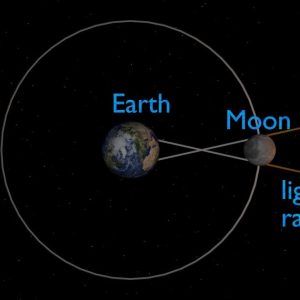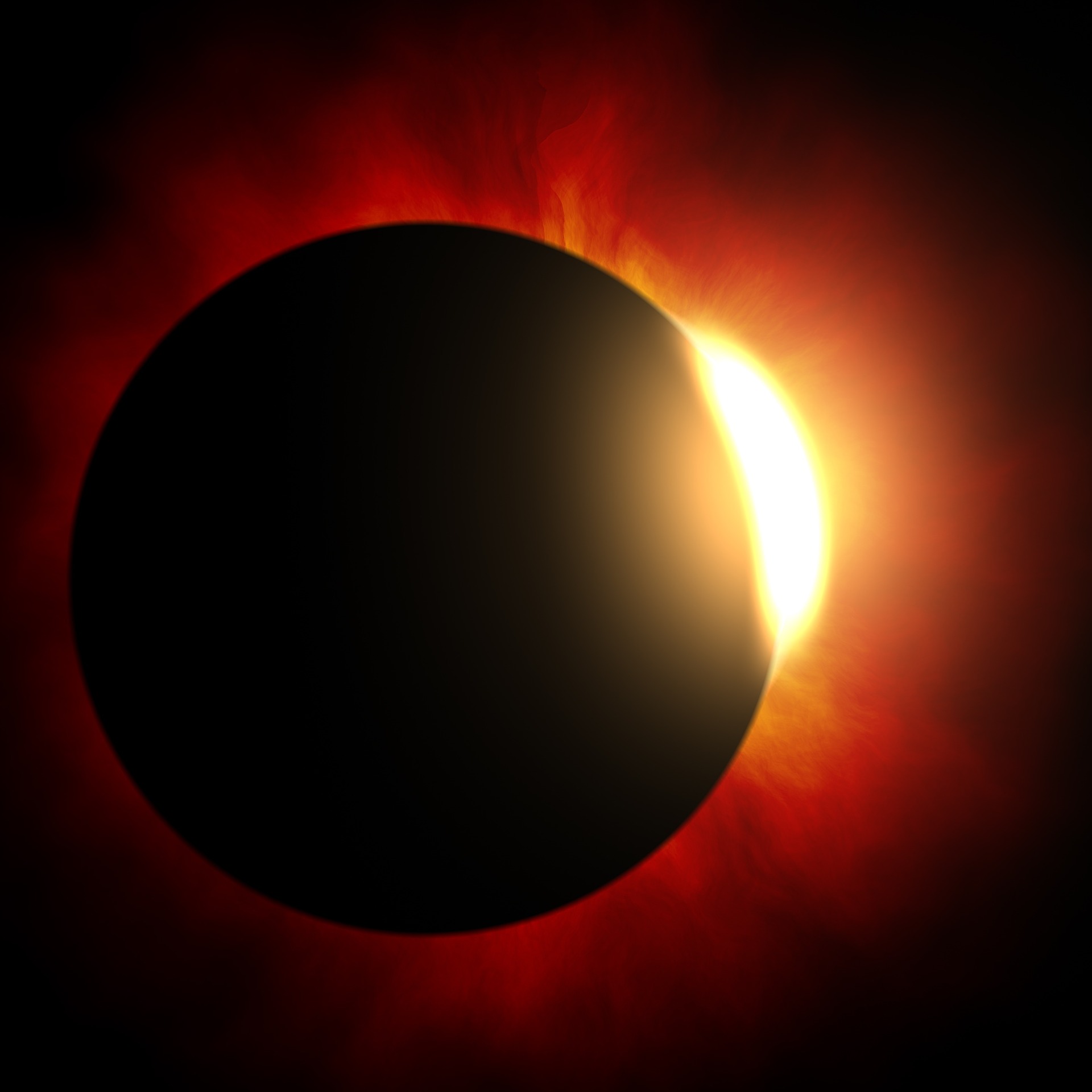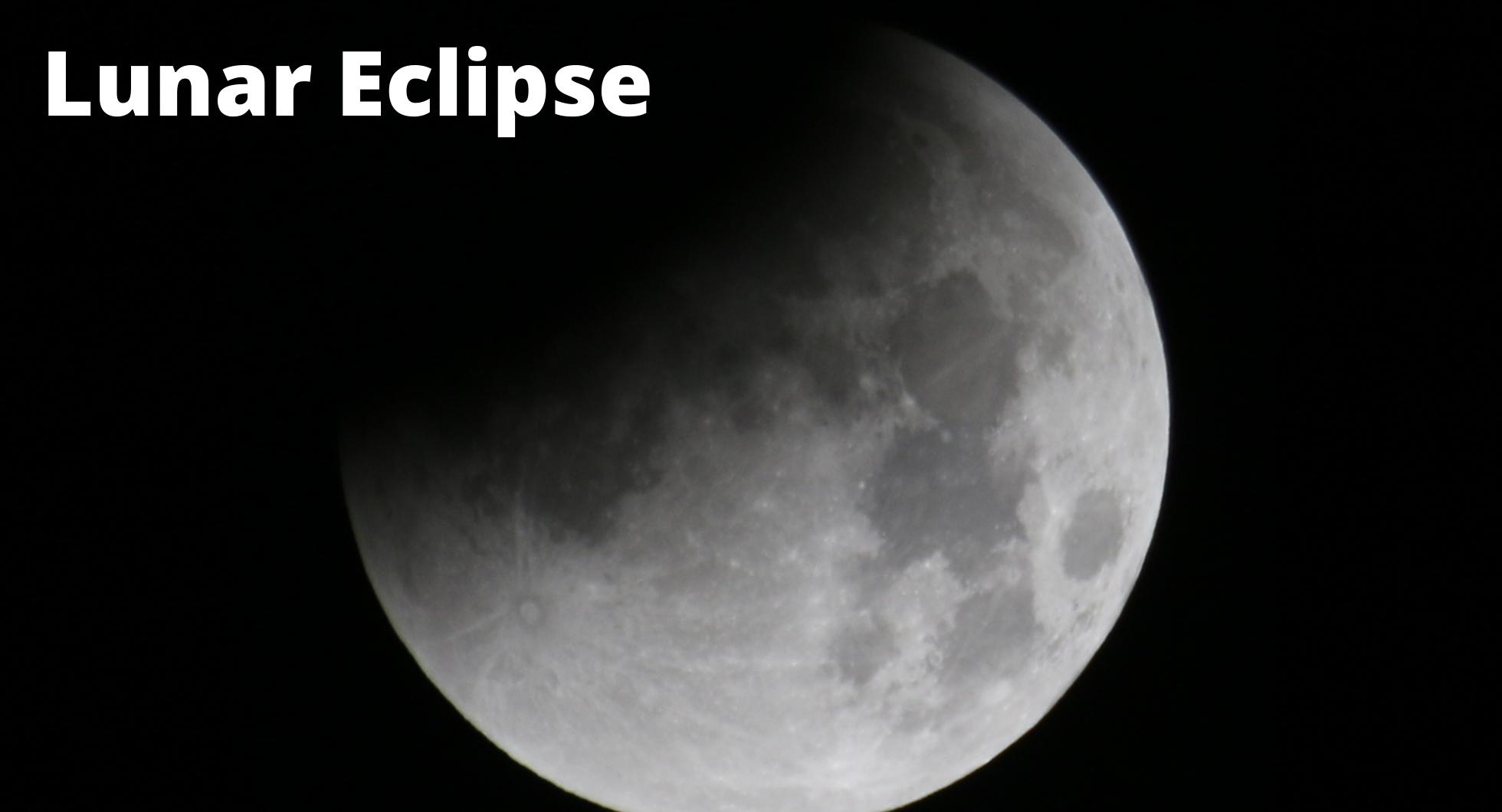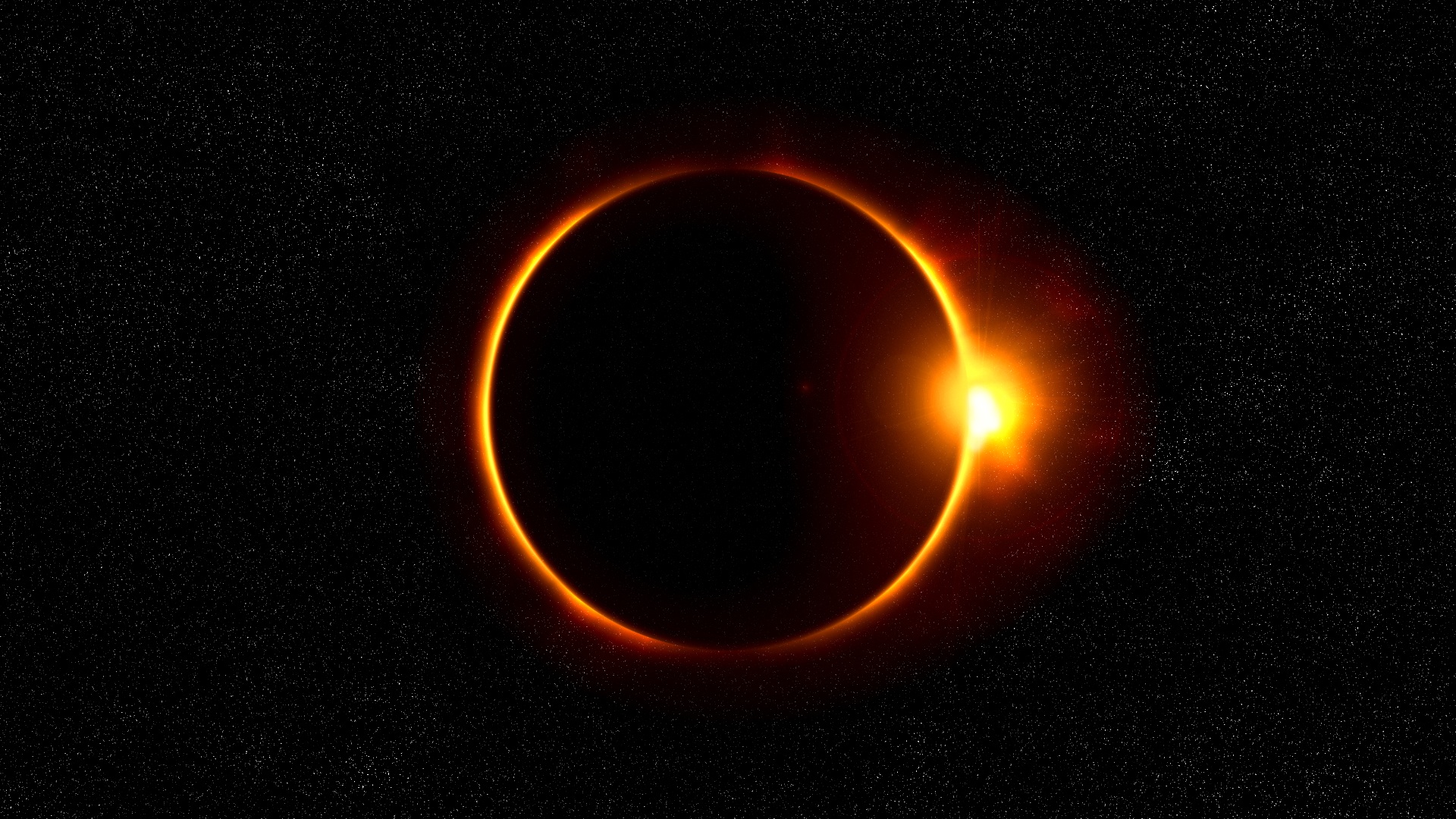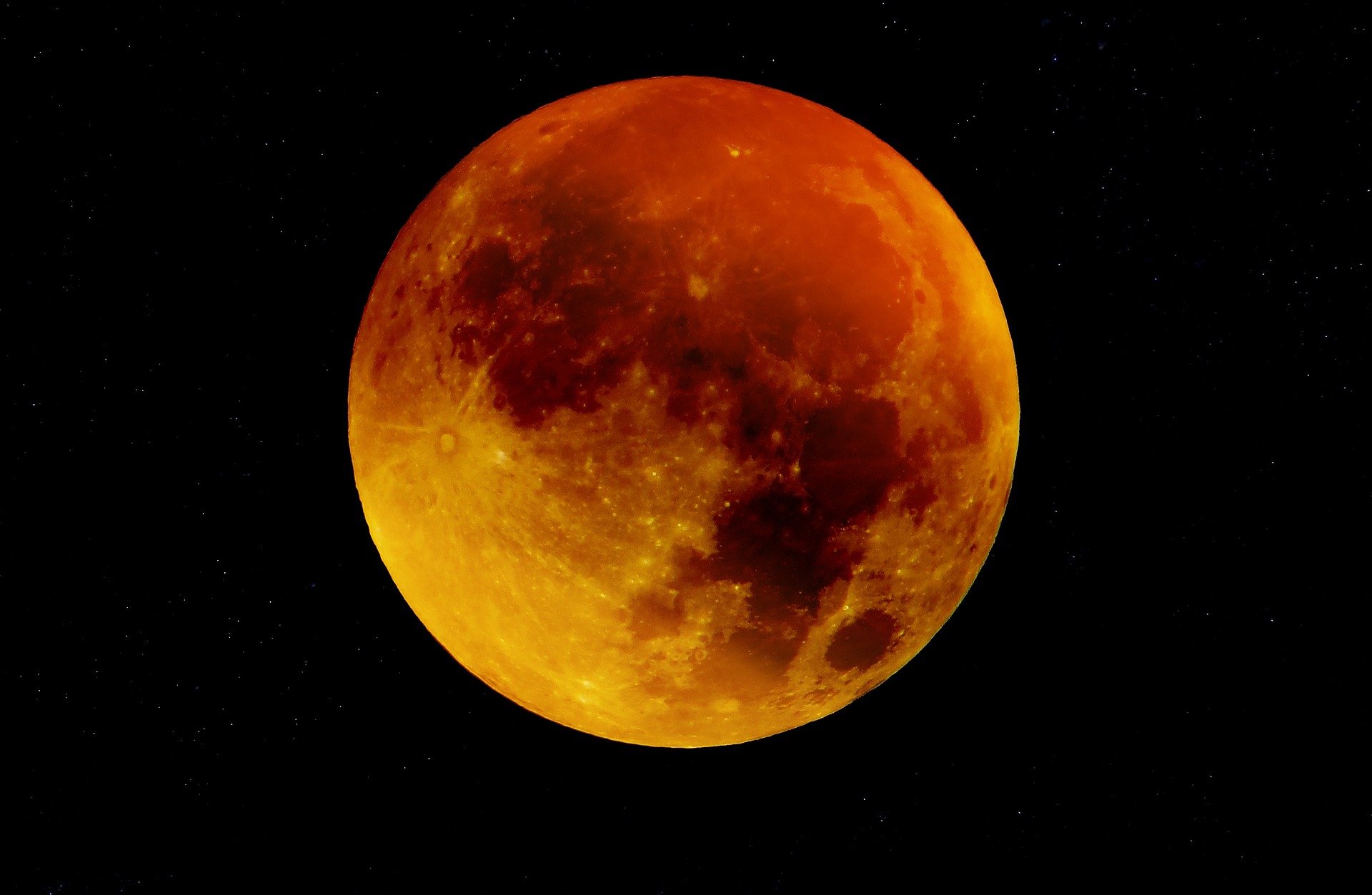Asteroid 2024 PT5, also known as “Mini Moon,” will enter Earth’s gravitational pull in next several hours, or on September 24, becoming a temporary satellite. Detected by NASA’s ATLAS system in August 2024, this Near-Earth Object (NEO) will orbit our planet for two months, from September 29 to November 25,...
Upcoming Events
The new citizen science project, Euclid Galaxy Zoo, offers a unique chance to explore the vast cosmos through human observation. The European Space Agency (ESA) has launched1 an innovative citizen science project, Galaxy Zoo: Euclid, and invites you to help classify galaxies like never before. This project not only advances...
It’s still a mystery how animals behave during a total solar eclipse. With the next event set for April 8th, scientists are preparing to observe and study it in an attempt to demystify. In a recent study led by Adam Hartstone-Rose from North Carolina State University, researchers observed interesting behaviors...
The total solar eclipse on April 8, 2024, is drawing near for astronomy enthusiasts across the Americas. This Sun-Moon-Earth event, with the moon aligning perfectly to block the sun’s disk, creating a breathtaking moment known as totality, will indeed be spectacular. “The sky will darken as if it were dawn...
Today, on September 24, NASA’s OSIRIS-REx mission is on the verge of achieving a historic milestone in space exploration by delivering the first-ever pristine asteroid sample to Earth. Coverage of this extraordinary moment is being streamed live on NASA’s YouTube channel, starting at 10 a.m. EDT.
Launched on September 8, 2016, the spacecraft is on its way to deliver its samples to Earth, with the anticipated arrival date set for September 24.
However, even when clouds obscure the view, the unusual daytime darkness associated with eclipses will delight not only human observers but also the co-dwellers of this natural world. Birds seek their roosts, bees return to their hives, and even turtles emerge from their aquatic abodes in response to this transient celestial phenomenon.
Introduction A solar eclipse means Moon blocking the Sun from view. There are 3 types of solar eclipses: total, partial, and annular. •Total solar eclipses are when the Moon completely covers the Sun. The Moon’s shadow is cast on Earth. •Partial solar eclipses are when the Moon covers part of...
After a couple of weeks in which we welcomed a partial solar eclipse on October 25, a total lunar eclipse is preparing to take place on Tuesday, November 8. This total lunar eclipse is a rare sight for skywatchers because the Moon will take on a reddish-copper hue, earning it...
According to NASA, the first images and spectroscopic observations will be made after each of Webb’s instruments has been calibrated, tested, and given the green light by its science and engineering teams.
A meteor can enter our atmosphere at speeds ranging from 11 miles per second to 24 miles per second (19 km/s to 39 km/s). When a meteor enters our atmosphere, it becomes a meteorite when it hits the ground.
According to NASA, the lunar eclipse of 15 May, 2022 can be observed from the eastern half of the United States and all of South America will have the opportunity to see every stage of the lunar eclipse, which will begin over North America at 10:27 p.m. EDT on May 15 (2:27 UTC on May 16).
On 24 June, the Strawberry Moon will appear in the night sky. The first full Moon of summer will be its biggest and brightest. According to scientists, the Strawberry Moon marks the last full moon of the spring season and the first of the summer season. The summer season in...
This year’s first solar eclipse, annular solar eclipse 2021, is going to occur on Thursday. Solar eclipse occurs when the Moon moves between the Sun and the Earth and blocks the Sun’s light from reaching the Earth. The Thursday’s eclipse is an annular one. In an annular eclipse, the Sun...
Blood Moon is going to occur on 26 May. On the day, there is going to take place a total lunar eclipse during which the moon will turn red. This eclipse will be the first in the series of four big lunar eclipses in the coming two years. According to...


